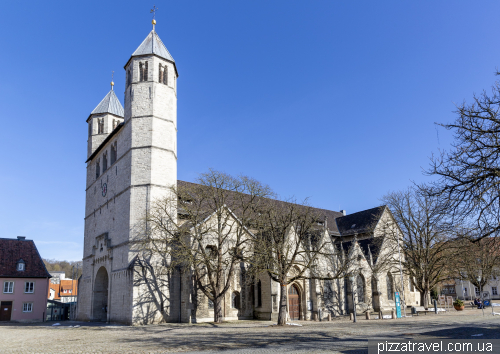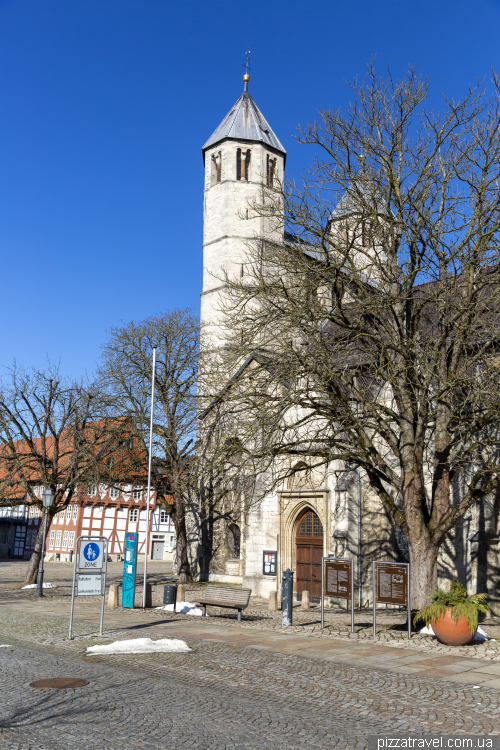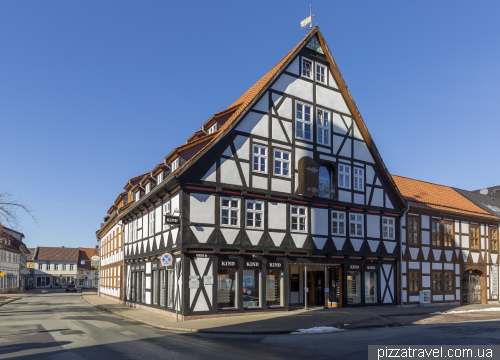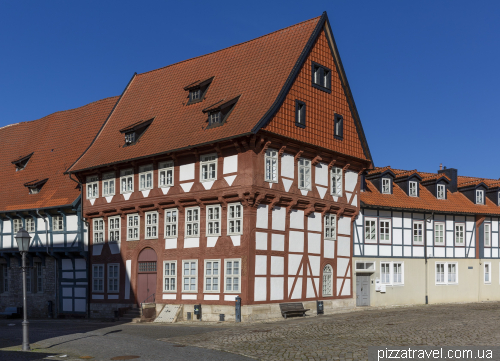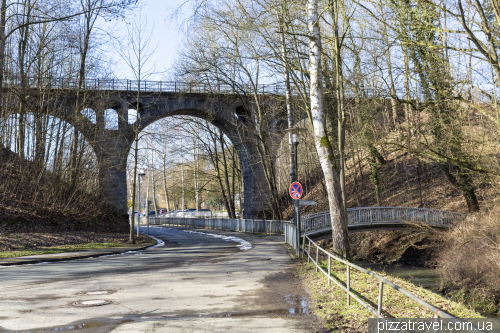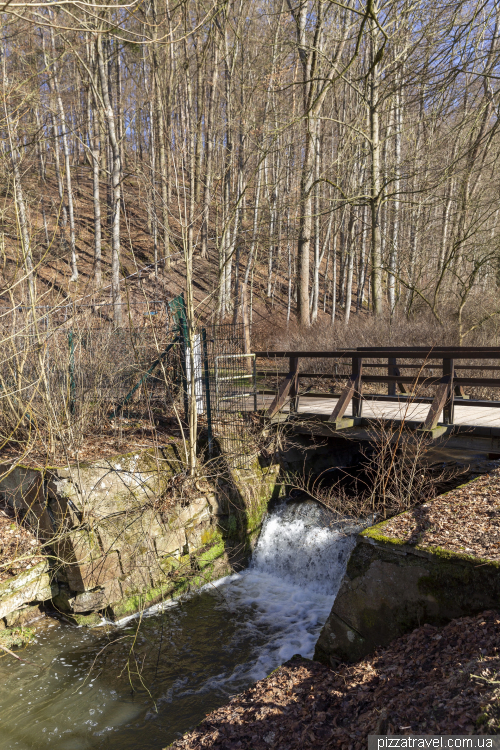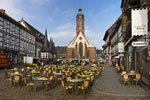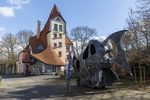Was founded in 852 as an abbey and in the 10th century it was even one of the most important Saxon settlements, although it was not yet a city at that time. The first mineral spring was discovered here as early as 1240, and Pope Gregory IX initiated the construction of the Holy Spirit Hospital. The town became well known for its mineral springs at the end of the 19th century, and in 1932 it was officially called a spa.
Around 1330 the Dukes of Braunschweig built a castle here, which now serves as a magistrate's court and a juvenile correctional facility.
The first German poetess Hroswita lived in Bad Gandersheim. In 1926, the National Socialists decided to use her name to promote German culture as a counterbalance to Jewish and Communist decadence. They held a three-day "Hroswita Memorial Celebration in the 1000-year-old Gandersheim." And then they repeated the celebration several more times.
In the center is the church of the Abbey of Gandersheim, the main symbol of the city and the place of its founding. Its construction began around 1100 and was consecrated in 1168.
Around the church is a half-timbered old town.
In addition to half-timbered buildings, we found other beautiful structures.
There is also a Resort Park, which exists in every town with the prefix Bad.
Another interesting place is the Hagenbergpark (animal enclosure). It is located on a hill, here 51.876773, 10.025714.
Getting there: we parked in the spa park 51.873280, 10.031809. There is a train station in the town, Bad Gandersheim.


